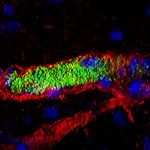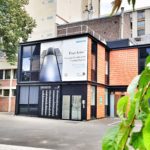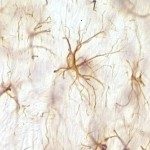Link to Pubmed [PMID] – 37879362
Link to DOI – 10.1038/s41586-023-06761-7
Nature 2023 Dec; 624(7990): 207-214
Four endemic seasonal human coronaviruses causing common colds circulate worldwide: HKU1, 229E, NL63 and OC43 (ref. 1). After binding to cellular receptors, coronavirus spike proteins are primed for fusion by transmembrane serine protease 2 (TMPRSS2) or endosomal cathepsins2-9. NL63 uses angiotensin-converting enzyme 2 as a receptor10, whereas 229E uses human aminopeptidase-N11. HKU1 and OC43 spikes bind cells through 9-O-acetylated sialic acid, but their protein receptors remain unknown12. Here we show that TMPRSS2 is a functional receptor for HKU1. TMPRSS2 triggers HKU1 spike-mediated cell-cell fusion and pseudovirus infection. Catalytically inactive TMPRSS2 mutants do not cleave HKU1 spike but allow pseudovirus infection. Furthermore, TMPRSS2 binds with high affinity to the HKU1 receptor binding domain (Kd 334 and 137 nM for HKU1A and HKU1B genotypes) but not to SARS-CoV-2. Conserved amino acids in the HKU1 receptor binding domain are essential for binding to TMPRSS2 and pseudovirus infection. Newly designed anti-TMPRSS2 nanobodies potently inhibit HKU1 spike attachment to TMPRSS2, fusion and pseudovirus infection. The nanobodies also reduce infection of primary human bronchial cells by an authentic HKU1 virus. Our findings illustrate the various evolution strategies of coronaviruses, which use TMPRSS2 to either directly bind to target cells or prime their spike for membrane fusion and entry.





















